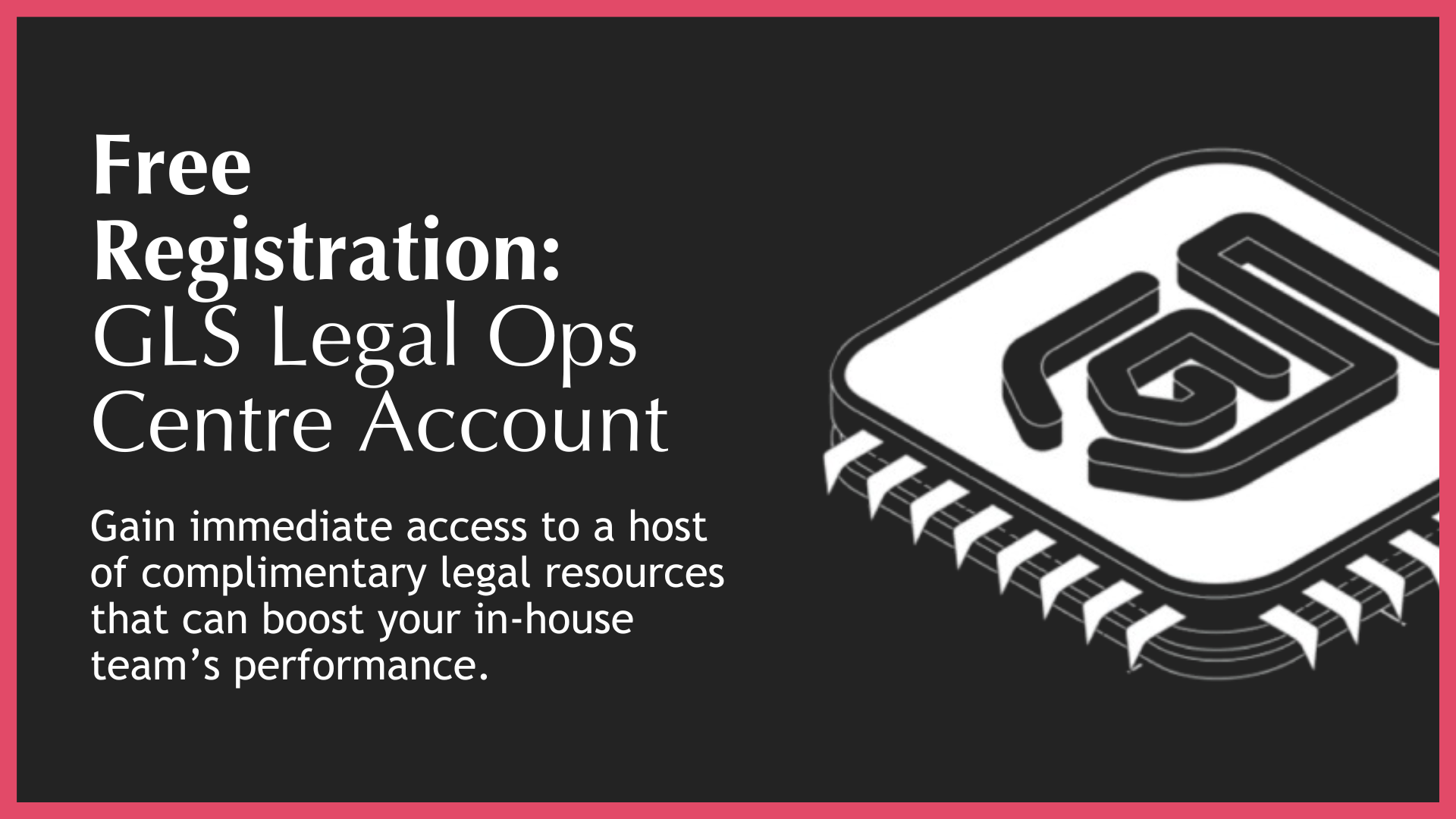The GLS Legal Operations Centre
The ultimate in-house legal department resource stack
Back
Regulatory Monitoring
What Is It
Regulatory Monitoring is the structured process of tracking, interpreting, and responding to changes in laws, regulations, and industry standards that affect your business. It’s the radar system of your compliance function - scanning the horizon for threats, opportunities, and obligations that could reshape how you operate.
This station is about vigilance. Regulatory environments are dynamic, fragmented, and increasingly complex. New rules emerge constantly—from data privacy and ESG to AI governance and financial crime. Without a disciplined monitoring function, businesses are left exposed, reacting too late or missing critical changes altogether.
Legal teams are uniquely positioned to lead this function. They understand the legal implications, the operational impact, and the strategic context. Legal-led monitoring ensures that regulatory change is not just tracked, but translated into actionable insight - before it becomes a problem.
Done well, regulatory monitoring is a competitive advantage. It enables proactive compliance, informed decision-making, and confident engagement with regulators. Done poorly, it’s a fast track to fines, reputational damage, and operational disruption.
Scope
The scope of Regulatory Monitoring typically includes:
◼️Identifying relevant regulatory bodies, jurisdictions, and industry standards.
◼️Tracking legislative developments, consultations, and enforcement trends.
◼️Assessing the business impact of proposed or enacted changes.
◼️Engaging with regulators, industry groups, and legal advisors.
◼️Maintaining a centralised register of regulatory obligations.
◼️Integrating monitoring outputs into compliance planning and risk assessments.
◼️Communicating changes to affected business units in plain language.
◼️Supporting scenario planning and strategic decision-making.
Resource Status
In GLS legal ops speak – the Regulatory Monitoring is considered a “Foundational” resource within the process ecosystem of an in-house legal team.
The Foundational Resource is a CRE that is responsible for determining the overall performance capabilities of a “critical” legal function. If it is not optimised, the function can never be optimised.
Best Practice Features
The best practice features of the GLP are as follows:
◼️Legal-led monitoring to ensure accurate interpretation and defensibility.
◼️Centralised regulatory register updated in real time.
◼️Use of technology (e.g., GRC platforms, AI tools) to automate tracking.
◼️Impact assessments that translate legal change into business implications.
◼️Regular reporting to senior leadership and the Board.
◼️Engagement with regulators to anticipate and influence developments.
◼️Integration with compliance workflows and risk management frameworks.
◼️Scenario planning to prepare for high-impact regulatory shifts.
Business Value
The Regulatory Monitoring station delivers the following value to the Business:
◼️Reduces risk of non-compliance by identifying obligations early.
◼️Protects licence to operate in regulated markets.
◼️Improves decision-making through timely legal insight.
◼️Enables faster adaptation to regulatory change.
◼️Builds trust with regulators, investors, and partners.
◼️Supports strategic planning by anticipating future regulatory trends.
◼️Reduces remediation costs by preventing compliance failures.
Legal Department Value
For the legal team, regulatory monitoring reinforces its role as a strategic advisor. It enables proactive engagement with the business, improves risk visibility, and supports defensible compliance planning. It also strengthens legal’s influence in governance and enhances collaboration with compliance, risk, and operational teams.
Who Needs It
The Regulatory Monitoring station is essential for:
◼️Legal Department Leadership
◼️Compliance Officers
◼️Risk Management Teams
◼️Internal Audit Functions
◼️Legal Operations Teams
◼️Board and Executive Leadership
Productivity Consequences
A legal team operating without a Regulatory Monitoring function will face a wide range of inefficiencies including:
◼️Missed regulatory changes leading to non-compliance.
◼️Reactive compliance efforts that are costly and disruptive.
◼️Poor visibility into emerging risks and obligations.
◼️Inconsistent messaging to business units about legal change.
◼️Increased reliance on external counsel for basic regulatory updates.
◼️Reduced credibility with regulators and internal stakeholders.
◼️Difficulty in prioritising compliance resources effectively.
Tech Implication
This station is highly tech-leveraged. GRC platforms, AI-driven regulatory intelligence tools, and legal research databases are essential for automating tracking and surfacing relevant changes. Integration with compliance registers, risk dashboards, and workflow tools ensures that insights are actionable and embedded into operations.

The GLS Legal Operations Centre
Register to access your complimentary Day 1 Resource Stack packed with legal team performance resources.

GLS Ultimate Guide To Legal Operations
Download this and read it thoroughly and regularly. It is a wonderful transformation companion.

Book A No-Obligation Consultation
If you would like discuss your legal transformation needs, please book a 30 minute free consultation with us.

GLS Legal Transformation Boot Camp
Our hugely successful, 10-week long, email-based boot camp on how to effectively transform your legal team.




